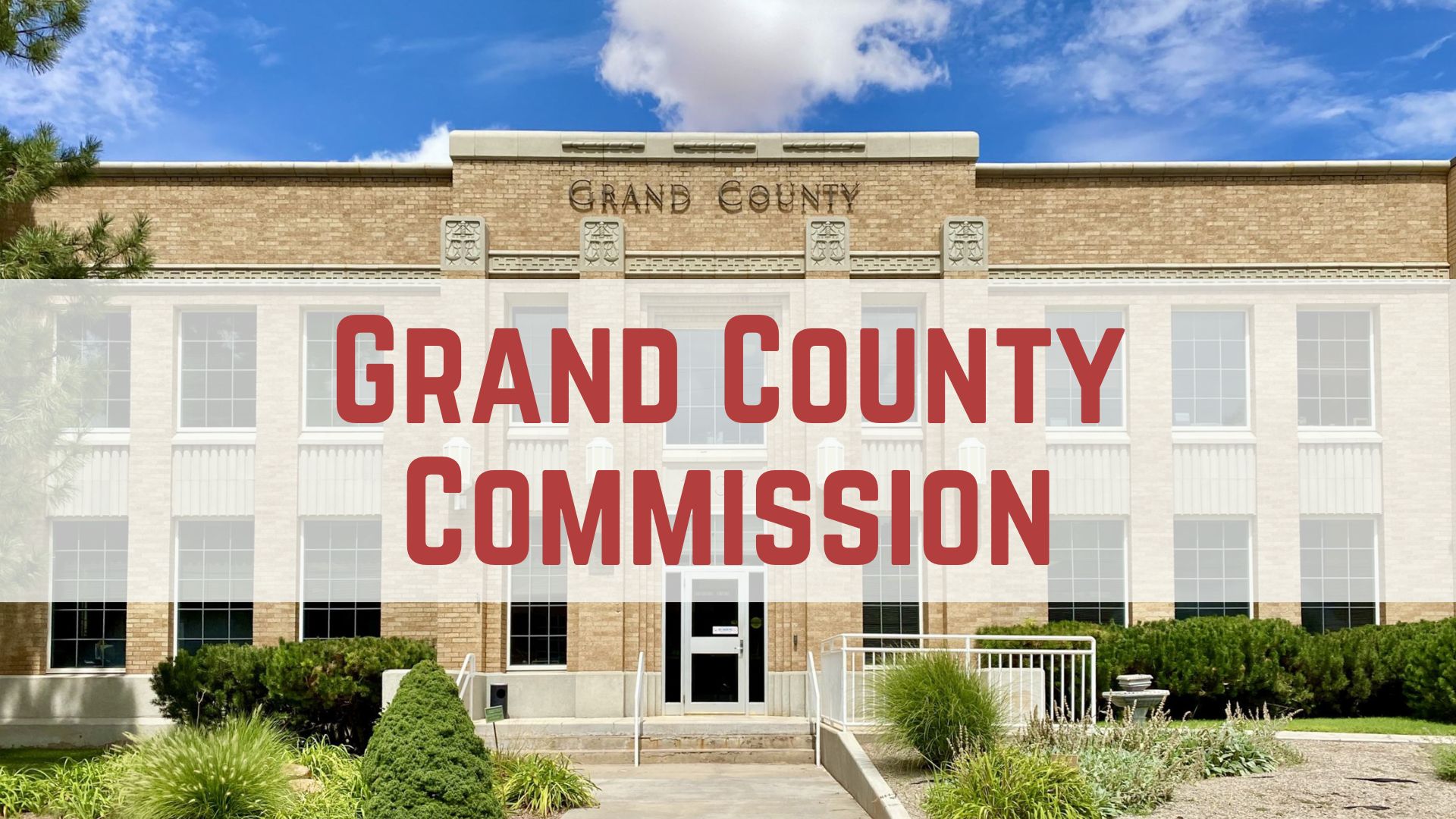Some information may be outdated.
Windstorms and lightning strikes wreaked havoc on trees and power lines in the last few weeks. Even though local weather stations have reported less than a half inch of rain during the last month, the summer monsoon has brought violent storms. Two full inches of rain fell last year during the same time period. The average rainfall for Moab in July is an inch.
A thunderstorm on Saturday, July 28 wrecked havoc with power lines, requiring Rocky Mountain linemen to work at night to restore power outages in Castle Valley, Cisco, La Sal, Thompson and parts of Moab.
The power line on San Flat Road was struck by lightning causing an outage that affected 65 Rocky Mountain Power customers. There was no power from 10 p.m., Saturday to about 4 a.m., Sunday.
“The power lines cover quite a distance in the rural areas,” said Jeff Hymas, spokesman for Rocky Mountain Power. “It can be challenging to for our crews to find the location of the problem.”
However, the power outage the next day was not weather related. Five hundred and seventy residents in Castle Valley, Cisco, La Sal and parts of Moab had no power from about 6 p.m., Sunday to 10:30 a.m., Monday.
“The outage was caused by equipment failure that we suspect was the result of an attempted metal theft from one of our power poles,” Hymas said.
The equipment damage was difficult for crews to see, which accounted for the time it took to fix the problem and have power restored.
“Attempting to steal metal or to mess with power equipment in any way is extremely dangerous and unwise,” Hymas said. “Not only could it result in serious injury and be fatal to the perpetrator, but it can also create unsafe conditions for our linemen and potentially the public. And of course it can cause power outages and cost money to repair the replaced equipment. That affects all customers.”
Hymas said that the fourth power outage of the week on Aug. 1 was also due to lightning. The power went out at 6:30 p.m. and quickly restored by 7:45. It affected mainly Castle Valley residents.
The cottonwood tree at Carl Dixon’s house may have been one of the largest in the area before it was struck by lightning July 31. He was having a second cup of coffee at about 6 a.m. as he watched the storm blow across. He saw a flash in the backyard, counted almost to three and heard the rumble.
“Then I heard a crack. I saw the light and noise at the same time,” he said. “I knew it was close.”
The big cottonwood in his yard had been struck. Lightning knocked a 40-foot slash down the towering trunk.
“It barely burned, but it did get under the bark,” Dixon said. The deadwood in the tree would have continued to smolder had Fire Chief Corky Brewer not come out to the house to put out the slow burning fire.
“It’s a huge tree; it had a rough life,” Dixon said.
Measuring about 60 to 70 feet tall and about five or six feet diameter the base, it was one of the largest cottonwood trees in the valley.
“It’s an older tree. We had looked at it before. It had big limbs hanging form it. The lightning strike blew out the bark,” said Scott Anderson, owner of Triassic Industries.
Another cottonwood tree was struck less than a mile away in the Hecla subdivision.
Courtney Ewing was lying awake in bed at about 5 a.m. She could hear thunder rumbling in the distance and a nice breeze was blowing through her open window.
She found it relaxing and thought maybe she could get back to sleep.
The thunder was getting progressively louder.
“You could feel how intense it was getting,” Ewing said.
She thought about the two tall trees in her yard.
“I know from growing up with trees that you don’t want to be near a tree in a lightning storm. I started thinking, what if it strikes the tree. My head is near the window,” Ewing said.
At that moment the whole house shook and Ewing heard the loudest sound she has ever heard.
She ran to the front room where her roommate, Greg Gorman, was sleeping. There was glass on his pillow and a baseball-sized chunk of wood on the floor.
“There was glass everywhere,” Ewing said. “You could see where the lightning came out of the tree. There was wood all over the yard. We’re still cleaning it up.”
Anderson said a few other trees were struck the same morning, including one on Westwood Ave. and another on 400 North.
Scott Anderson of Triassic Industries noticed a pattern after of fallen trees after the windstorm on July 14.
“We started getting calls the next morning. As the calls were coming in I realized things had to be prioritized. We had to get trees that fell onto houses, or were threatening houses,” Anderson said. “It started to look like a line. And then after it was over, I plotted it out. It seemed like it was blowing into town from The Portal to Mill Creek, northwest to southeast.”
The wind was blowing 51 miles per hour and had gusts of over 60 miles per hour, according to the Canon Vista weather station.
“We had trees break all over,” Anderson said. “Typically the trees that break in windstorms are weak ones anyway: Willows, elms, cottonwood.”
Anderson said that fast growing trees tend to be weaker. He also said that regular pruning can definitely help trees survive the wind.
“A lot of people just let trees go. When left alone they develop flaws,” Anderson said. “When trees fail they fail along fairly predictable lines.”
Appreciate the coverage? Help keep local news alive.
Chip in to support the Moab Sun News.




